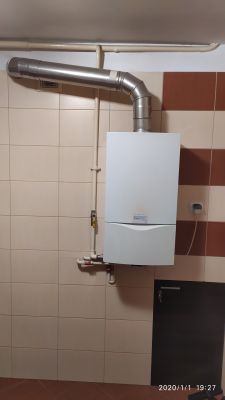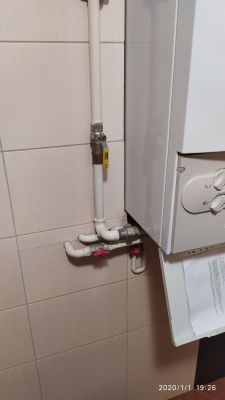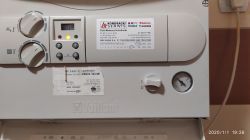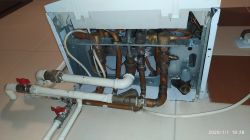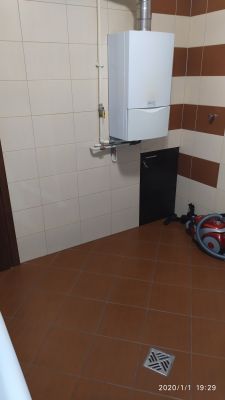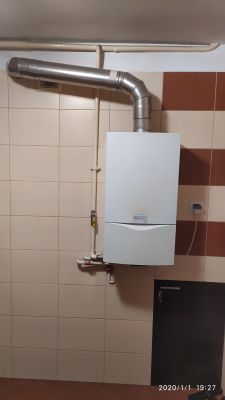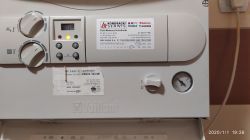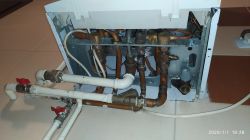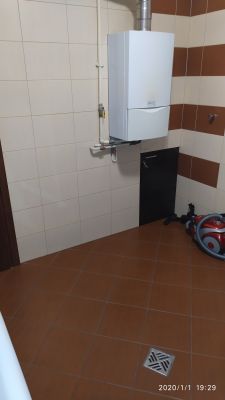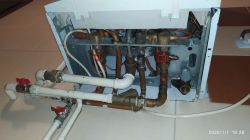MWmalwina wrote: Slightly above zero it is only when the stove is turned off, when it fires up, the pressure rises to 1 and remains there. If I raise the pressure before turning on the stove to 1.6 bar, it will stay there as long as the stove is running. When switching off, e.g. at 10 p.m., in the morning at 5 p.m. the pressure is slightly above 0 or 0.
I do not know what specific boiler model you have, but I assume something similar to my VUW240 / 2-5.
With a properly operating boiler, you should have, for example, 1.2-1.4 bar on a cold system. After heating the boiler water in the central heating system, the pressure will increase by 0.2-0.3 bar, i.e. not more than 1.5-1.7 bar.
If the pressure is around 0 in the morning, it means that there was a loss of water.
The cause of the loss must be determined.
Quite often the problem is the lack or too low air pressure in the expansion vessel built into the boiler, then the water pressure in the boiler may increase over 2.5 bar and then there is a risk that a safety valve will open through which water may flow to the sewage system. If you have the safety valve connected to the sewage system with a hose, you will not even notice this loss.
There may also be another defect in which the water seeps and the effect is visible after a few hours.
Unfortunately, basic knowledge of the construction and operation of the boiler is needed here so that something can be done meaningfully.
Since the cavity is at night when you are asleep, watch the boiler during the day to find out what is going on.
You can take a photo and upload a photo with a view of the valves located under the boiler, it will be seen if it could be an effect of, for example, a safety valve and at least one element will be excluded.
MWmalwina wrote: The second thing is, once in a while, the S54 code pops up when you turn on the water heating
Lack of water may result in overheating of the water in the boiler and the temperature sensors register too large temperature differences, which may result in the state S.54.
I have never had one like this on my boiler, because I always keep an eye on the boiler and react immediately after noticing / hearing any irregularities in its operation.
You need to determine the cause of the pressure drop in the boiler and remove it to get rid of the condition S.54
MWmalwina wrote: While the water is heating up, the green light is always blinking + the orange light is on.
This is normal and correct.
The orange LED symbolizes the working burner, i.e. the presence of the flame.
Flashing green means the boiler is operating in the domestic hot water mode
In the what mode, only the orange LED will be lit.



